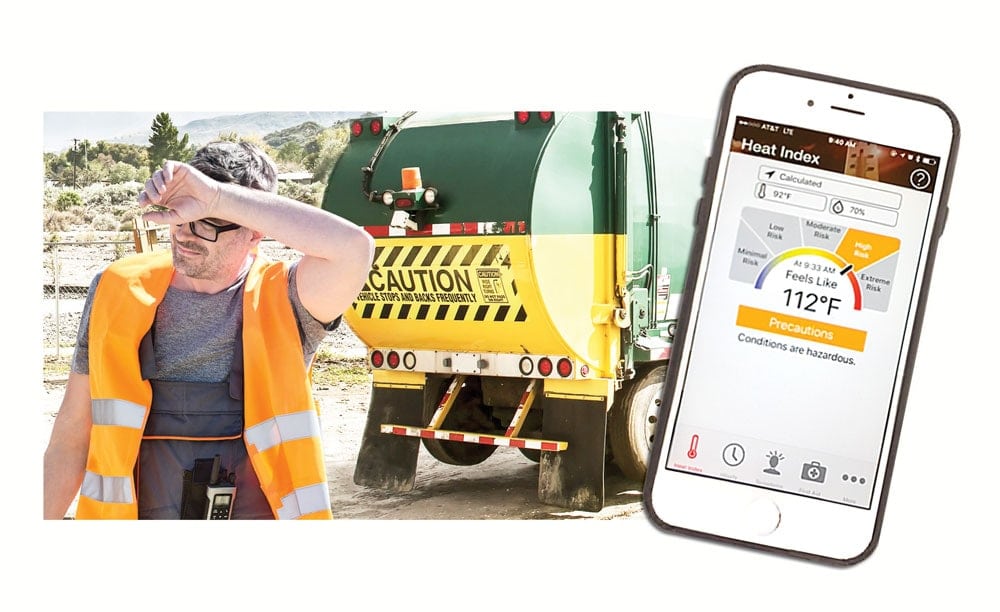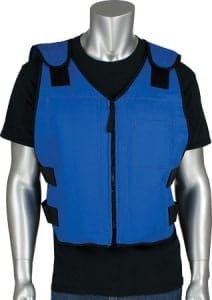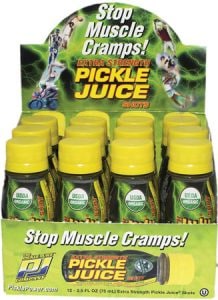Helping your team stay safe and productive through the summer months.
By David Miller
Americans have the privilege of living in their choice of climate zones. If you do not like cold weather or snow, you have the opportunity to relocate somewhere else within our sovereign boundaries where you do not have to face it.
If it is heat you are trying to avoid, you might have a harder time escaping it. I have been to places where everybody has power cords peeking out of the grills of their vehicles so they can heat their engines at night just so they will start the next morning in the winter, only to trade that misery for blistering summer days in July.
Heat Stress Injuries
Working outside in hot weather requires some forethought to ensure the safety of your team. Not only is it more difficult to stay productive in the heat, workers toiling in the heat must also guard against serious heat-related injuries.
Heat-related injuries may not appear in the top 10 of OSHA citations, but OSHA takes heat stress injuries seriously enough to devote significant resources towards educating workers about how to avoid them. In past years they have used everything from billboard advertising and smartphone apps to increase awareness.
The OSHA-NIOSH Heat Safety Tool App is available as a free download on iPhone and Android platforms. Once installed, it can download local weather conditions and calculate the heat index, which is the hot-weather equivalent of a wind-chill index. The app is described by its sponsors as a “useful resource for planning outdoor work activities based on how hot it feels throughout the day.”
Other features of the app are educational tools to help identify heat stroke, heat exhaustion, and other heat-related syndromes as well as tips for safety practices to avoid heat-related injuries.

Below: Working outdoors in high temperatures poses risks that are best addressed by being proactice. Image courtesy of HUB Industrial.
Right: The OSHA-NIOSH Heat Safety Tool app uses local information to warn you when conditions are present for heat-related injuries. Image courtesy of The Centers for Disease Control (CDC).
Pathology of Heat Stress
The problem at the heart of heat illness is prolonged inability of the body to shed heat. Humans are most comfortable in ambient air temps in the low to mid 70s despite our internal temperature staying around 98.6° F. As we exert ourselves, our core temperature will begin to rise, and we moderate that rise by perspiration. The evaporation of our sweat has a cooling effect, which keeps the core temperature where it needs to be.
As ambient temperatures begin to equal our core body temperature, that cooling becomes more and more challenging. If there is a breeze, then evaporation rates increase, lessening the problem. Conversely, if there is no breeze available and humidity is near 100 percent, transpiration of sweat is negatively impacted. The combination of high heat, humidity, stagnant air and constant exertion can raise core body temperatures to 104° or higher, resulting in serious danger if allowed to continue without frequent cooling off breaks and hydration.
The Effect of Clothing
Wearing light colored, loose fitting clothing helps the body deflect heat much more effectively than dark colors. Brimmed hats and sunscreen provide essential protection. As long as the fabric allows for transpiration, it does not matter whether it is long sleeve or short sleeve. Your team may feel more comfortable in short sleeves, but if the job requires long sleeves, a breathable or wicking fabric will not unduly hinder the body’s ability to cool down.

There are many caps, wraps and towels nowadays that incorporate some form of evaporative cooling strategy. Many of them use hydrating crystals inside the lining of the garment. The crystals are activated by soaking in water for five to 20 minutes, after which time you can wring it out and wear. The crystals, or the absorbent cells of the towel, will slowly dry out while they are being worn, and the evaporation taking place has a cooling effect.
Phase change clothing takes the cooling game one step further. These are typically vests with chambers built in to store gel packs filled with material that has a freezing point of, say, 65° F. The gel packs are refrigerated until they solidify, and then they are worn in the vest while they slowly change from solid back to a gel. As this phase change is taking place, the vest absorbs heat from the wearer’s body, preventing core temperatures from rising to the danger zone.
Additional clothing like phase change vests, long sleeves and neck gaiters on a hot day seems counter-intuitive when the natural impulse would be to wear as little as possible. In reality, however, these coverings have proven to be effective in keeping core temperatures out of danger.
Tips for Safely Working in Heat
Adherence to the following tips will ensure that your team will safely get through a day working under the hot sun:
• Drink lots of water or isotonics. Eight ounces every 15 to 20 minutes. After a few hours of excessive perspiration, sports drinks like Gatorade should be provided to replace the salts lost in the sweat. Carbonated drinks and colas are not recommended.
• Take frequent breaks under shade. This is essential to allow your core body temperature to cool down. In a scenario where workers on a residential hauling route are moving in and out of an air-conditioned cab between stops, the effect is the same as sitting in shade. The only caveat is that some people do not adjust well to extreme temperature swings when one or more members of the crew opts to run the a/c at full blast. Moderation in cab temperature is a better policy in the long run.
• If a team member is unaccustomed to working in the heat, give the newbie several days to acclimate before requiring the same level of exertion as the rest of the crew. Our bodies have an ancient, built-in capability to handle temperature extremes with remarkable endurance, but activating that capability in a worker does not turn on and off with the flip of a switch. It takes days of acclimatization. Also, be aware that some medications and health conditions can complicate heat coping mechanisms.
• Train your workers to recognize the symptoms of heat stroke and heat exhaustion. Institute a “buddy system” to hold them responsible to each other.

Images courtesy of HUB Industrial.
Other Considerations
Although not as life-threatening as heat stress, a common problem experienced by workers and athletes in oppressively hot conditions is muscle cramps, most commonly in the legs. This is predicated by loss of electrolytes through excessive perspiration. Many will attest to the effectiveness of eating pickles to prevent their recurrence, although some health advisers recommend other remedies that do not contain quite so much sodium. For those wishing to try the pickle remedy, there is even a product available that consists of 2.5-oz. shots of pickle juice packaged expressly for the purpose of aiding those suffering from leg cramps.
No matter where you live in North America, the forecast for this summer is going to include some pretty hot days. The better you are prepared, the less complications you will face. | WA
David Miller is the Waste Industry Manager for HUB Industrial Supply (Lake City, FL). He is a Certified Safety Professional and works with managers to effectively implement and manage PPE and MRO programs in the waste industry. He may be reached at [email protected]. HUB Industrial Supply is an Applied MSSSM company.
You may also like:
The Heat is On: Take Steps to Be Safe When Working in the Heat
